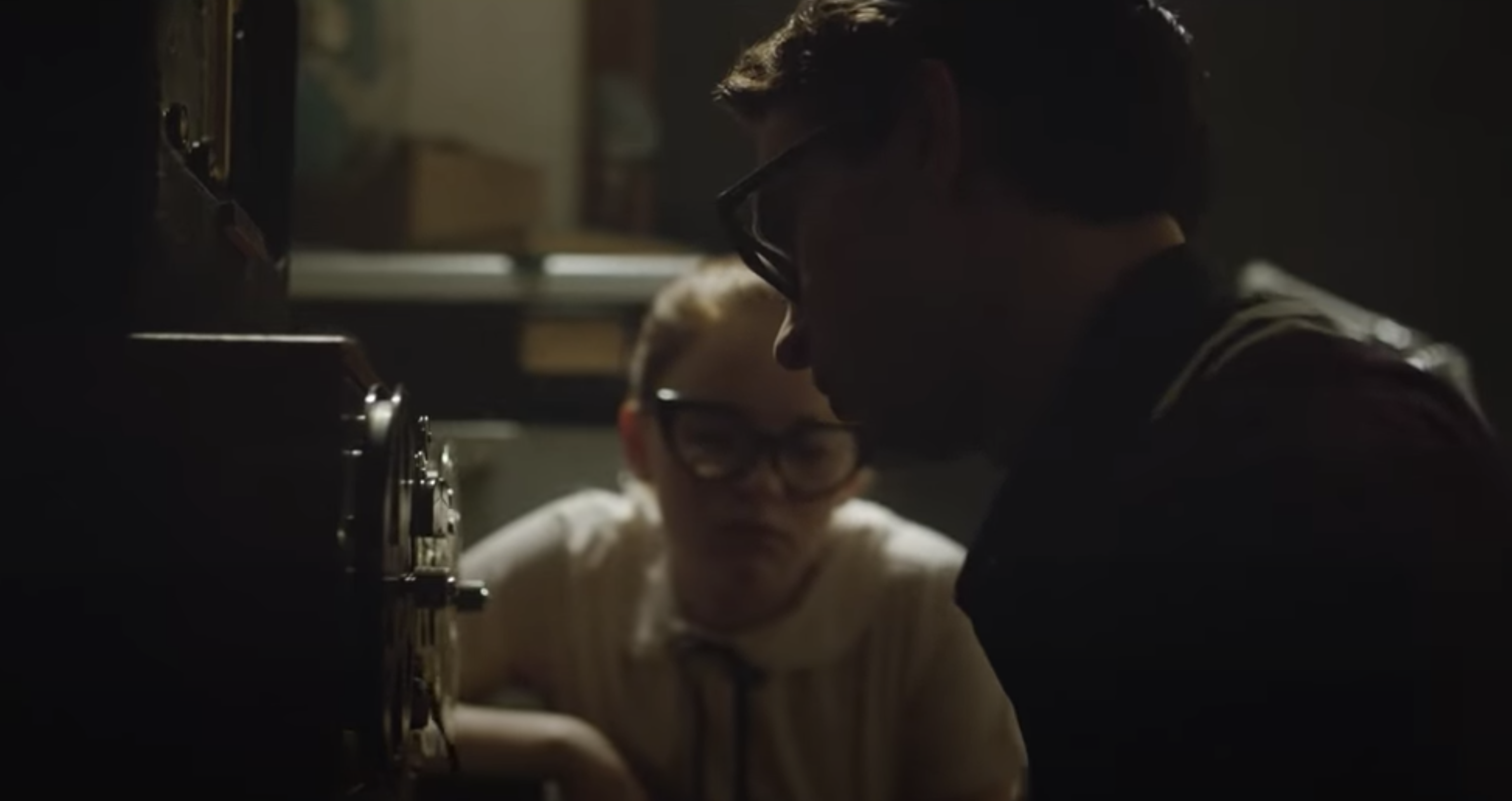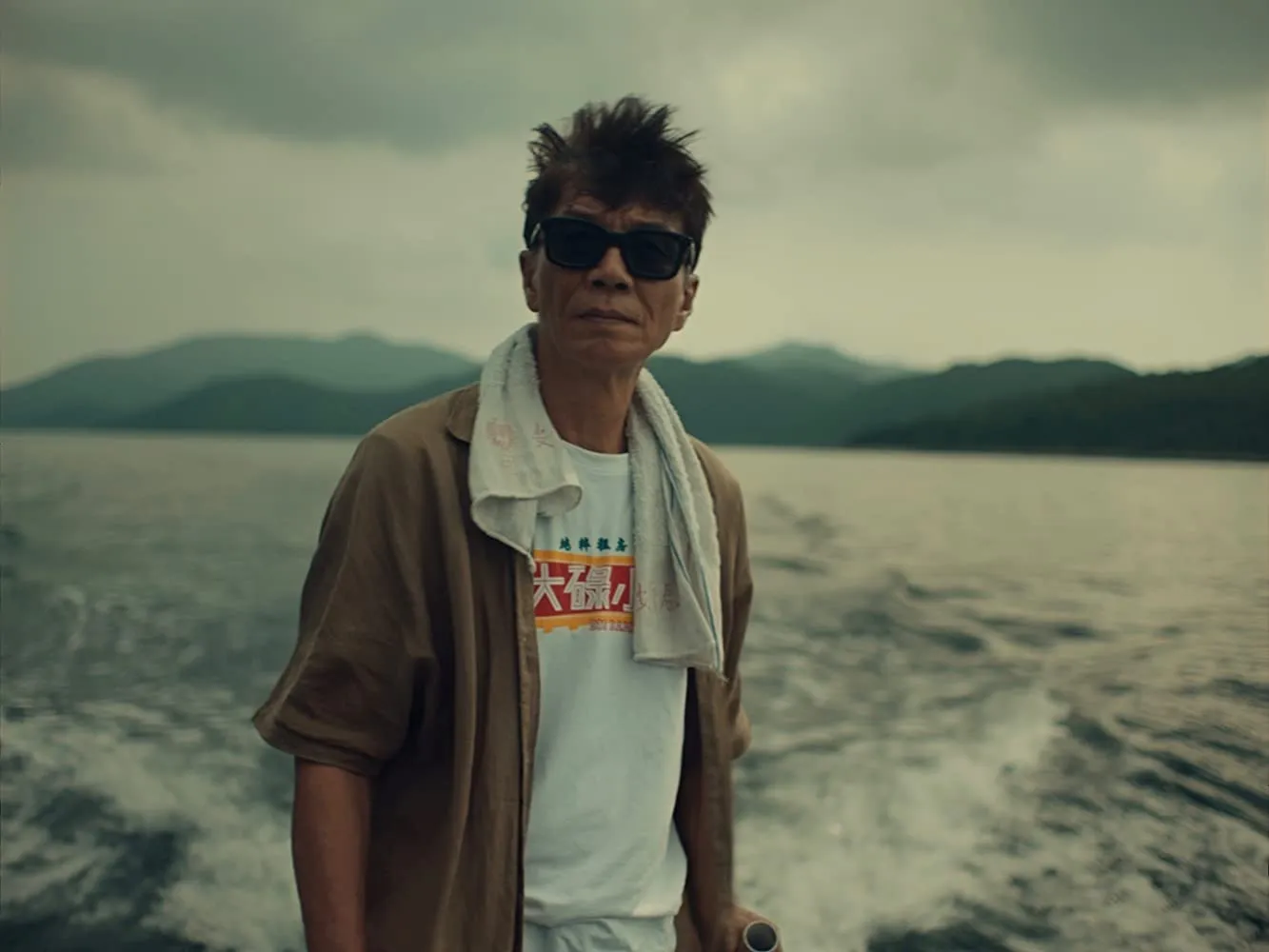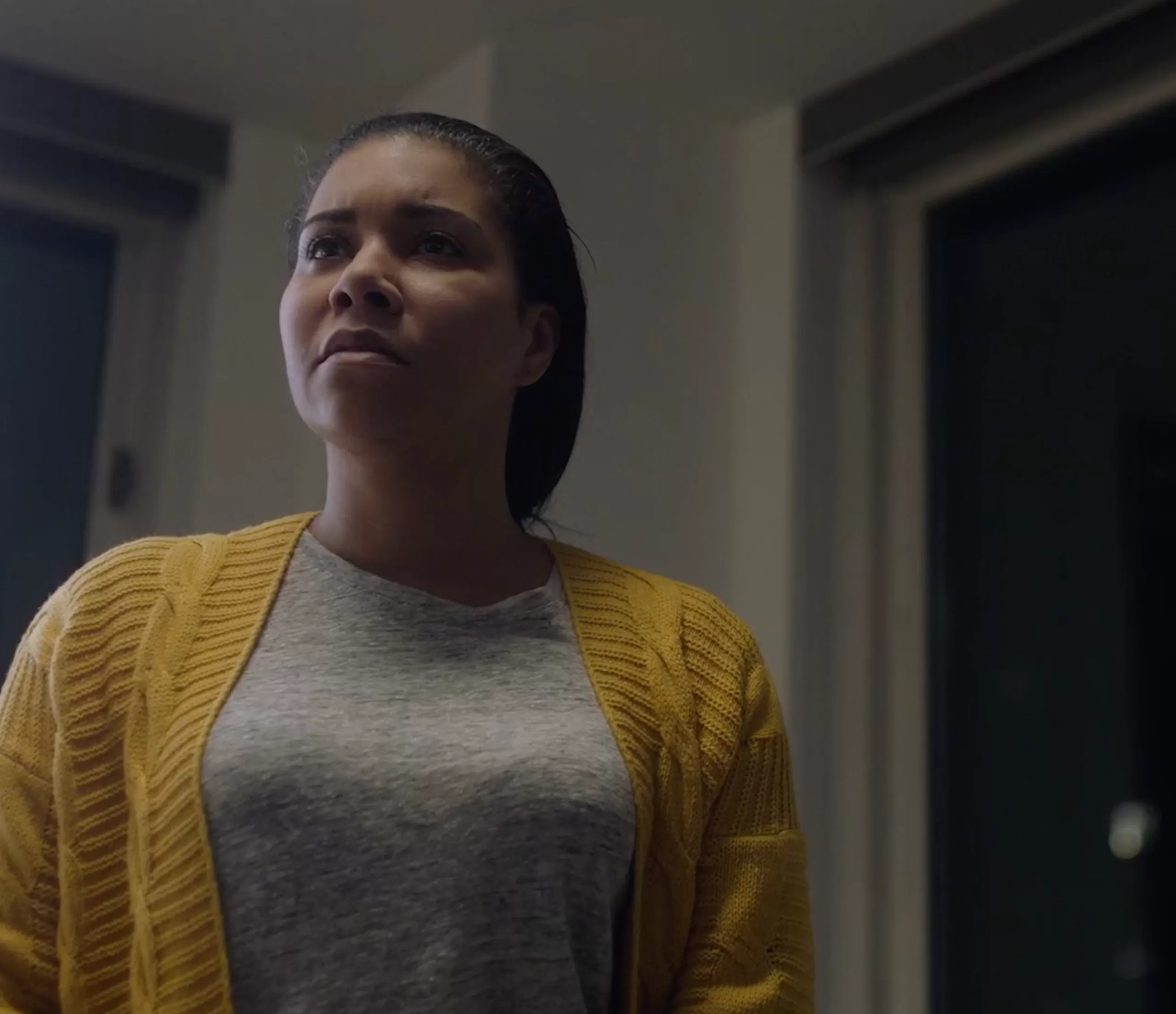CLOUD Atlas
“Cloud Atlas,” the latest effort from the Wachowskis, wraps a half-dozen stories, settings, and groups of characters into one film. But it doesn’t matter how many stories they do, their song remains the same.
The “Matrix” helmers have hit the same point for a while now. Liberty is the freedom from illusions that are perpetrated by relationships of power. Bravery is the willingness to fight these illusions, and fighting these illusions takes the collective power of enlightened individuals rising against them. One slaveholding villain asks an idealist why he’s leaving to join abolitionism. You’ll only be one insignificant drop in an ocean, he warns. What is an ocean but a collection of such drops, the idealist answers.
This observation is accompanied in “Cloud Atlas” by another notion, that literature, film, music and art are the carriers of viral inspiration from generation to generation. The stories of those who seek this liberation affect and inspire future fighters for freedom down through the ages. Toss in some karma and reincarnation notions–of souls intertwining and fates colliding over different lives and centuries–and you have “Cloud Atlas.”
Adapted from the novel by David Mitchell, written and directed by the Wachowskis and “Run Lola Run’s” Tom Twyker (who seems to relate to stories of fate and incident), “Cloud Atlas” courses through six stories in six eras. Aboard a ship in the South Pacific in the nineteenth century; on an English estate in the 1930s; around a nuclear plant in San Francisco in 1973; in contemporary London, in a prison in nihilistic Neo-Seoul; and among bands of villagers and cannibals in a neo-primitive future America. The settings allow the directors to toy with different genres–from nuclear disaster films like The China Syndrome to Blade Runner-style science fiction.
Through these stories move the same actors in different roles, Tom Hanks, Halle Berry, Jim Broadbent, Doona Bae, Jim Sturgess, Ben Whishaw, Hugo Weaving, Susan Sarandon and Tom Hanks’ evolving hairpieces, which seem to have personalities (and perhaps gravitational systems) unto themselves. One of “Cloud Atlas’” strengths is that the stories stay relatively consistent in terms of quality, which tough to do in an anthology series. The best would be the futuristic Seoul, with its remarkably tactile and imaginative CGI world. Jim Broadbent’s hysterical turn as a penniless publisher incarcerated in a sadistic nursery home is probably the biggest crowdpleaser.
Worthy of particular praise is the editing by Alexander Berner. Too often, films with multilayered stories don’t understand how to connect them (I’m thinking of “The Girl With the Dragon Tattoo”). In “Cloud Atlas,” the scenes and stories are weaved together so that the scenes rhyme and reverberate. One moment builds on the next to create a greater and more lucid whole.
“Cloud Atlas” faces the charge of being pretentious. There’s a preachiness at work here, and the film’s ideas are none too subtle. They are chiseled out of bowling balls and seated in the front garden. At the same time, “Cloud Atlas” challenges us to be more empathetic and, as important, more courageous in our empathy. That seems like a wise lesson in the world that has been forming around us.
news via inbox
Nulla turp dis cursus. Integer liberos euismod pretium faucibua


